1. Woodcut
Woodcut is a type of relief printmaking. Though this technique was in use in China as early as the 5th century CE and is one of the oldest forms of printmaking in the world, it didn’t reach Europe until the early 14th century. In the 15th century, moveable type revolutionized printing, and woodcuts were then popularized as a way to illustrate texts.
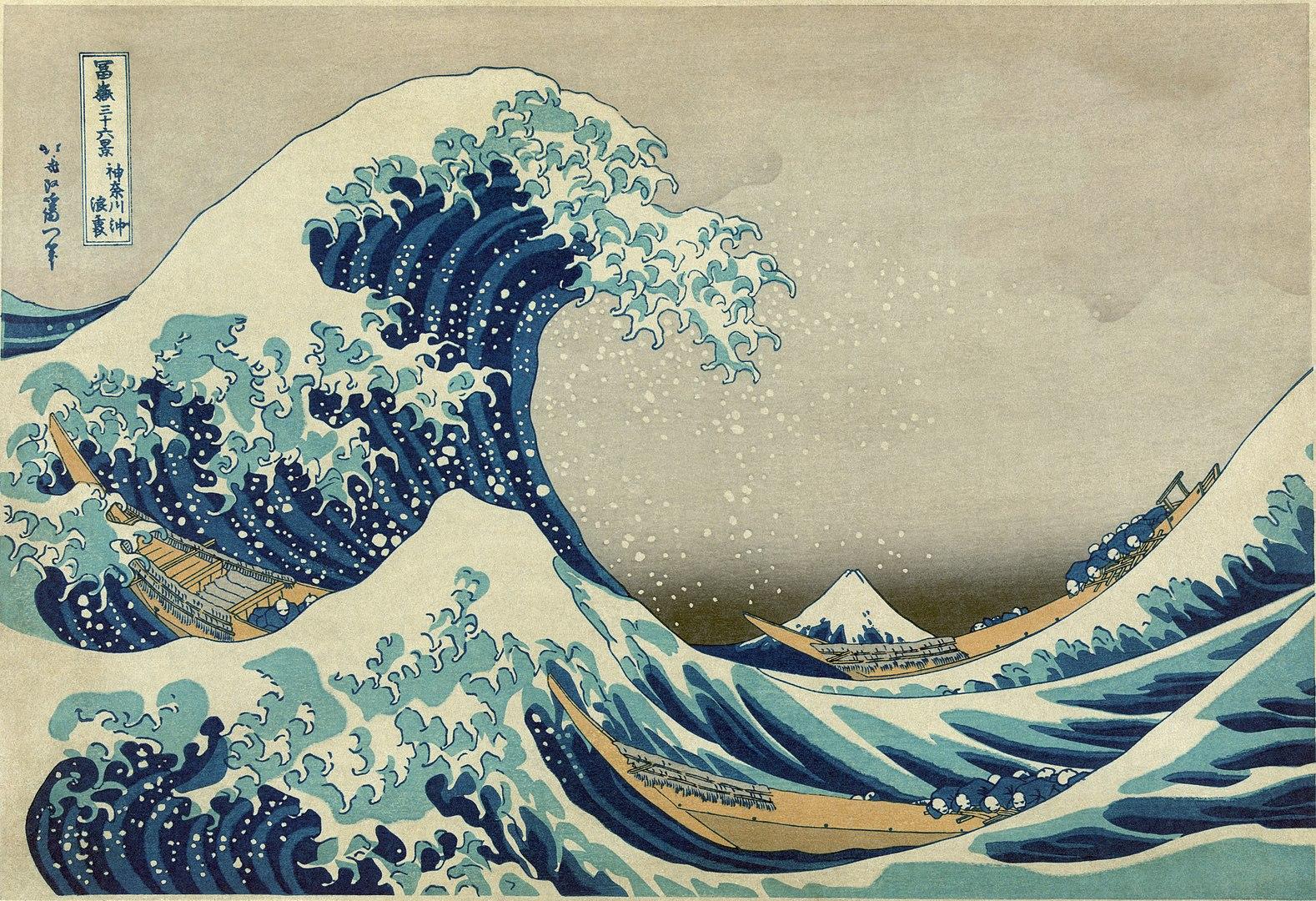
After Katsushika Hokusai (1760–1849), The Great Wave of Kanagawa from Thirty-six Views of Mount Fuji, c. 1826-1833. Woodblock print.
For many, the term “printmaking” may conjure images of Enlightenment-era political cartoons or perhaps a Renaissance printing press, but printmaking is one of the oldest human art forms. Not only have engravings on bones and rocks survived from prehistoric times, but engraved designs have been used to transfer and duplicate images since as far back as 3000 BCE, when Sumerians used cuneiform engravings to create relief impressions on clay tablets.
While printmaking is an ancient method of transferring information, artists have adapted and refined techniques over the ages, creating a wide variety of types of prints. Here are the top techniques art lovers should know.

José Guadalupe Posada, Calavera Oxaqueña, c. 1903. Woodblock print.
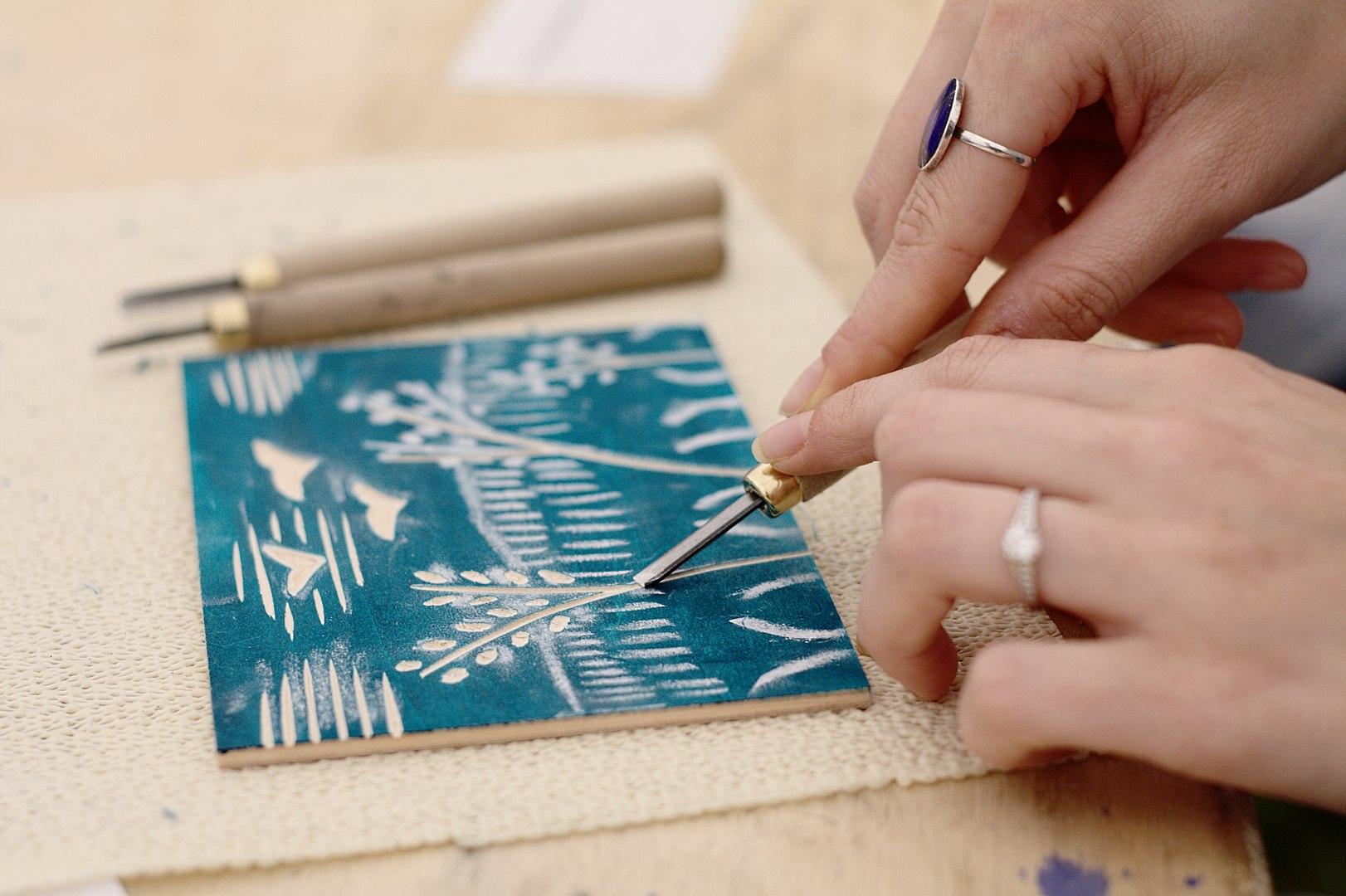
In this method, images are carved into wood with knives or other tools. The wooden blocks are then coated with ink, which only covers raised surfaces, leaving engraved spots blank. The woodblock is then pressed against a surface, such as paper, to transfer the design.
The woodcut has been used by a wide range of artists over the centuries, including Renaissance masters like Albrecht Dürer, Lucas Cranach, the Elder, and Hans Holbein, 18th-century Japanese artists Hokusai and Hiroshige, and 19th- and 20th-century artists such as Edvard Munch, Paul Gauguin, Rockwell Kent, Leonard Baskin, and Carol Summers.
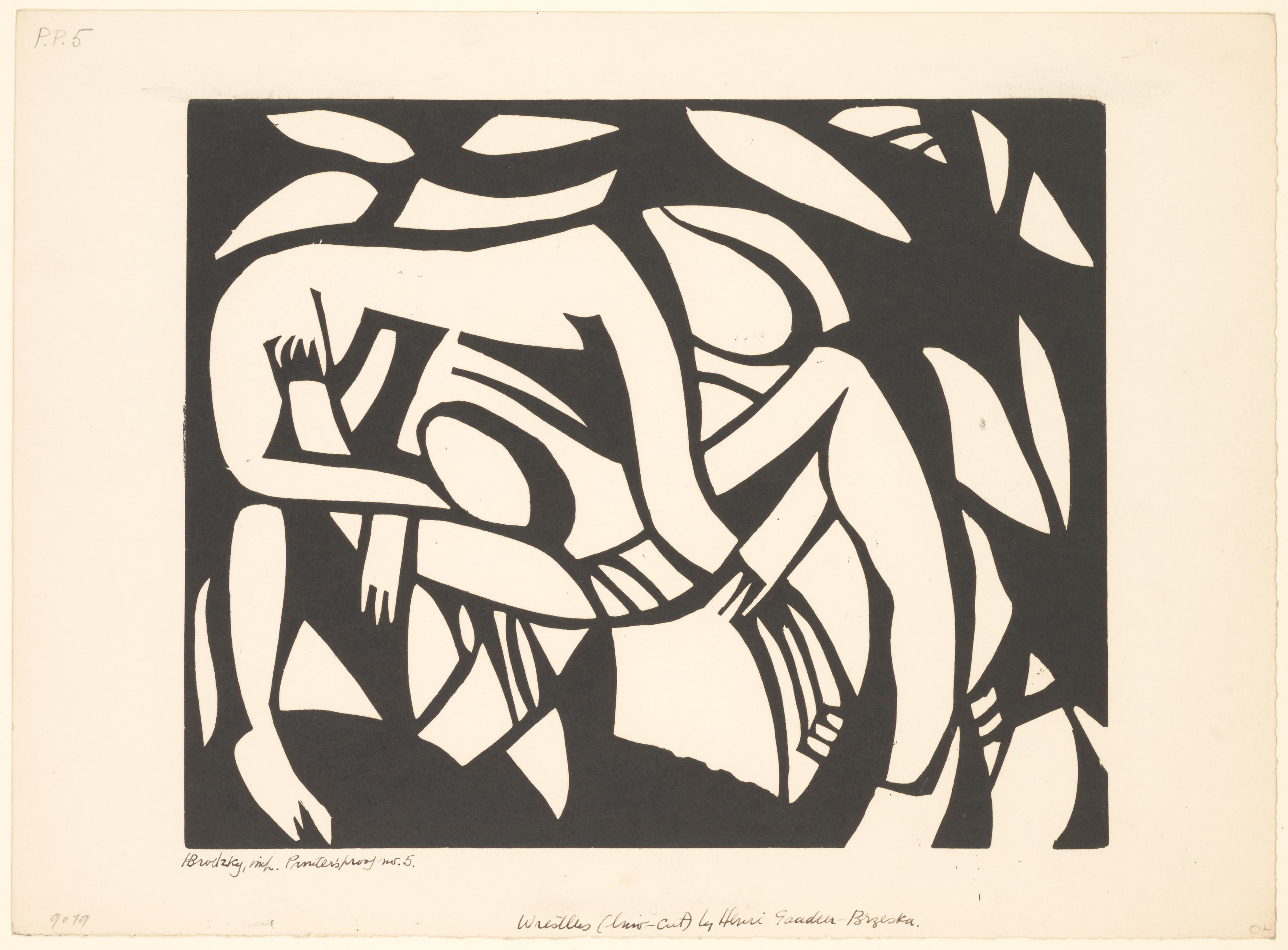
Henri Gaudier-Brzeska (1891-1915), Wrestlers, c. 1914. Linocut.
2. Linocut
The technique for creating linocuts is similar to that of creating woodcuts, as lino cutting is also a relief technique; however, this form emerged in the 20th century when artists such as Pablo Picasso, John Banting, and Georg Baselitz carved images into sheets of linoleum. Linoleum is a softer material than wood, making it easier to engrave images into it than wood.
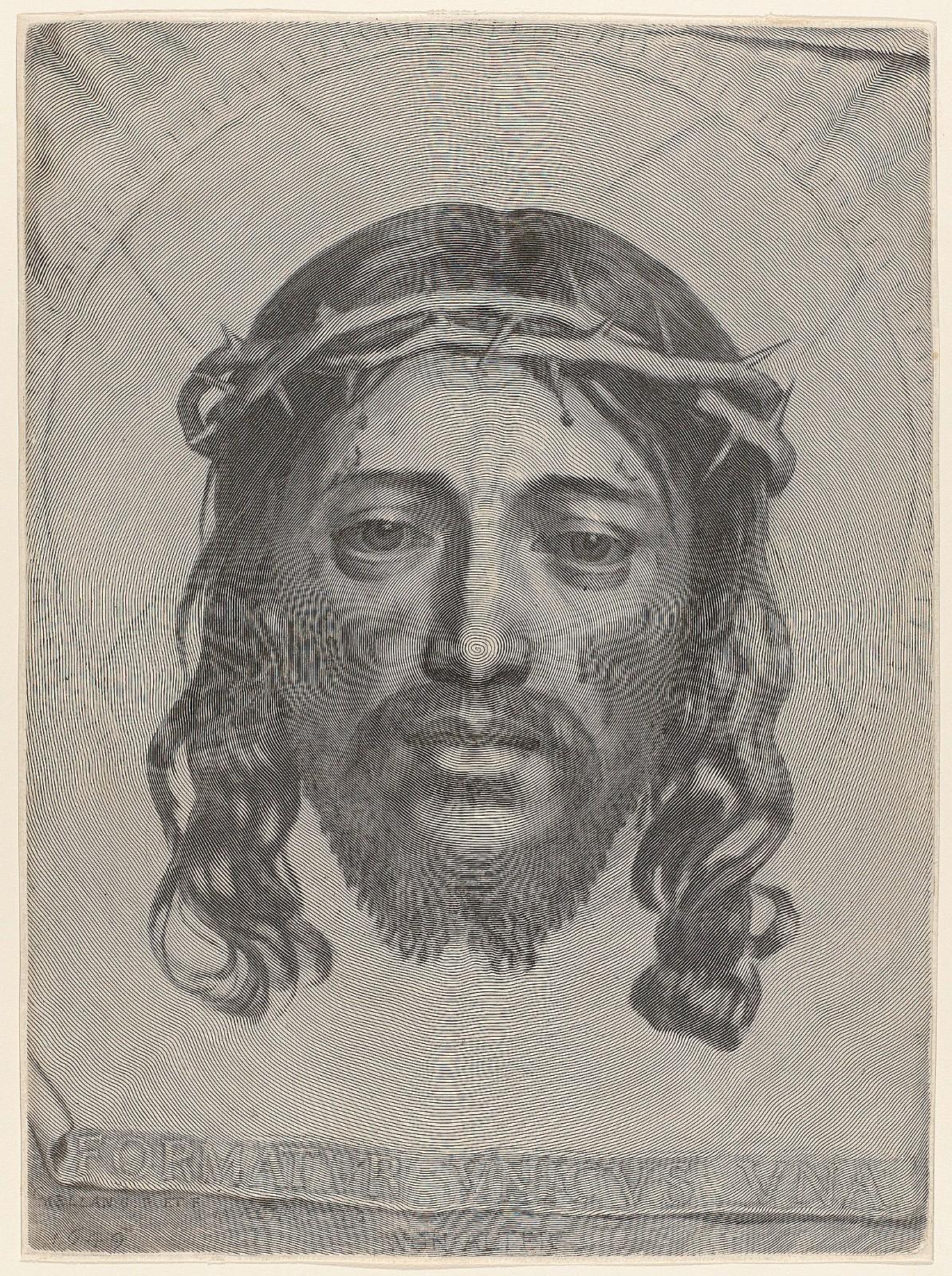
Claude Mellan (1598-1688), Face of Christ, 1649. Engraving created using one continuous line.
3. Engraving
Like woodcut and linocut, engraving requires artists to cut into hard surfaces, in this case designs are carved into metal plates with tools or acid. A type of intaglio printmaking, in engravings instead of covering raised surfaces with ink, artists cover the whole plate in ink, and then wipe it away from raised surfaces before creating a print, leaving only the carved lines behind. This allowed artists such as Albrecht Dürer, Francisco Goya, William Hogarth, Lucas van Leyden, and William Blake to capture very fine details in their prints, but the sensitivity of this method also means artists must be precise when carving images.

Rembrandt, Christ Preaching, or The Hundred Guilder Print, c. 1648. Etching.
4. Etching
Etching is also an intaglio technique, but rather than carving images directly into the metal, artists cover the plate with a layer of acid-impervious coating and then make shallow marks on that coating instead of on the metal. The plate is then varnished on the back and bathed in acid, which eats away only at the unvarnished portions of the plate where the coating was scraped away. Artists can play with the level of acidity or length of time each line is exposed to acid to change the depth and prominence of the lines.
Printmaker Albrecht Dürer is only known to have made five etchings in his lifetime, however Italian artist Mazzola adopted the technique and used cross hatching to create contrast in the 16th century. In the 17th century, however, Rembrandt became a master of etching capable of capturing subtlety, rich atmosphere, and extreme contrasts in lighting within his prints.
5. Collagraph
Where linocut and woodcut require artists to remove material from the printing surface, collagraphs are created by adding collaged materials to the surface, inking the plate, and pressing it against paper or other materials to create the image. The result is a multi-textured design.
This technique was created by Glen Alps, a professor of printmaking at the University of Washington in the 1960s.
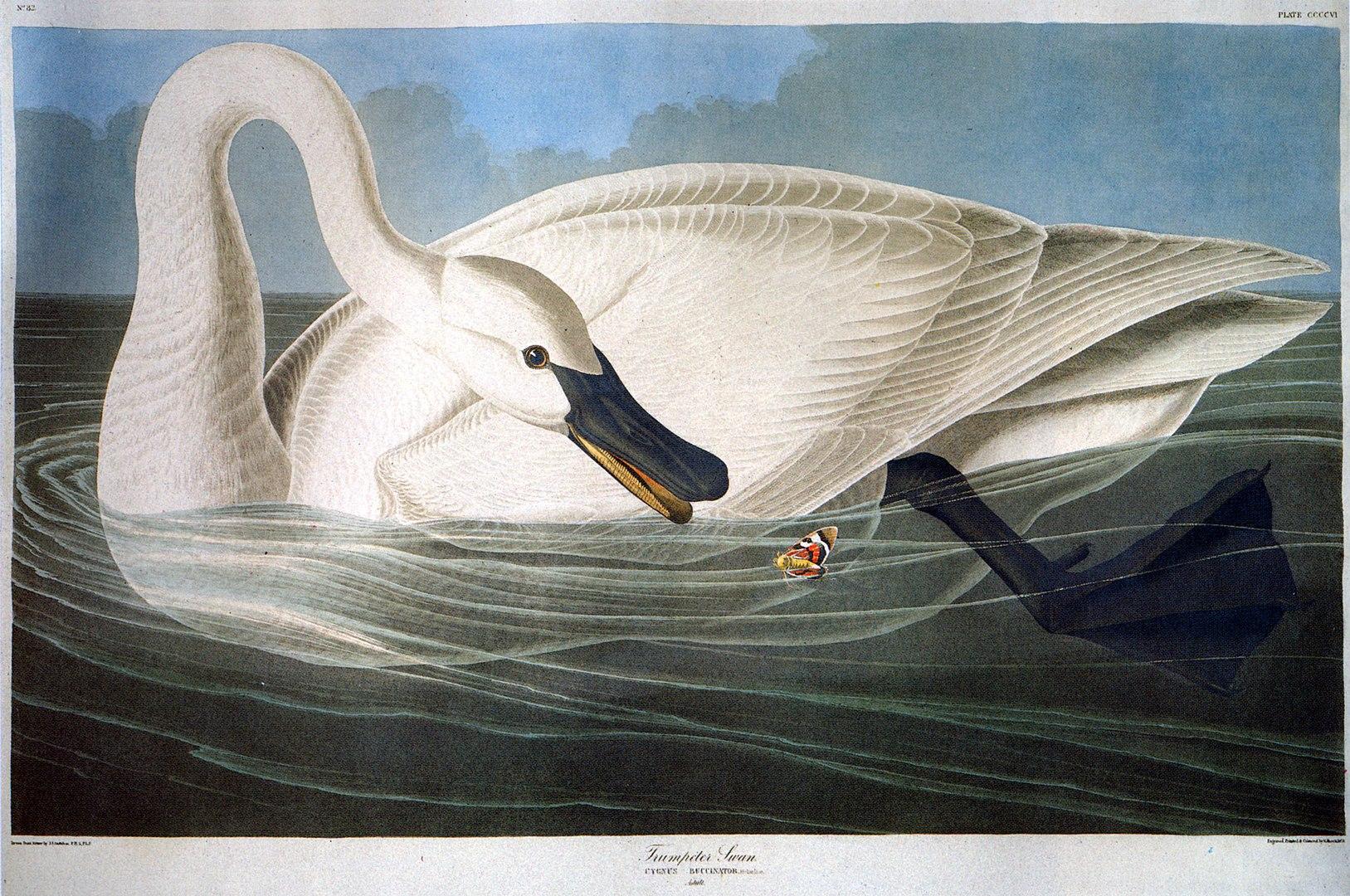
Robert Havell, Cygnus buccinator, Trumpeter Swan for John James Audubon's Birds of America, 1838. Aquatint.
6. Aquatint
Developed in the 19th century, aquatints are designed to resemble watercolors. Similar to etching, aquatints are created by coating a plate in a substance—in this case, rosin—and then bathing it in acid. However, aquatint plates are heated to melt the rosin onto the plate before the acid bath. The acid then incises the exposed areas.
Francisco Goya used aquatint to create several series of prints, while Robert Havell used the technique to illustrate John James Audubon’s Birds of America.
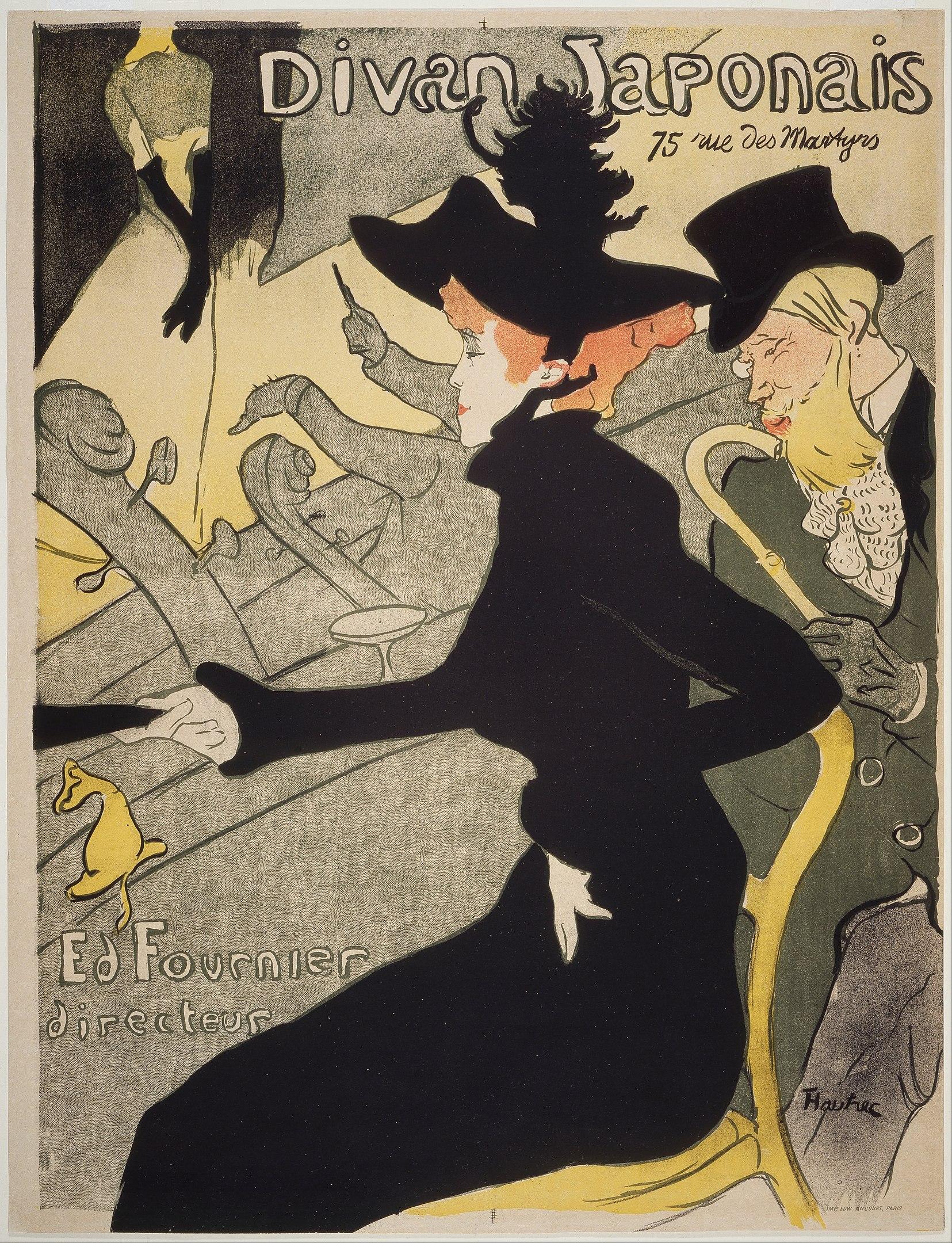
Henri de Toulouse-Lautrec (1864-1901), Divan Japonais, 1893. Lithograph.
7. Lithography
One of the more involved printmaking techniques, lithographers prep a large piece of limestone or a metal plate by covering the stone or metal with an abrasive substance to remove previous images and smooth the surface. Then, artists use oil-based lithography crayons or ink to draw an image onto the stone or metal. The image is “fixed” onto the surface of the stone or metal with chemicals. Lithographers then apply oil-based ink to the damp surface, and because water and oil don’t mix, the greasy ink only sticks to the oily areas of the drawing without transferring to any of the intended blank spots. Artists then place paper on top of the slab, and use a printing press to transfer the image.
Henri de Toulouse-Lautrec is credited with catapulting the technique to fame in the 19th century, but 20th-century artists, such as Marc Chagall, Pablo Picasso, Joan Miró, David Hockney, and Jasper Johns also worked with this technique.




























